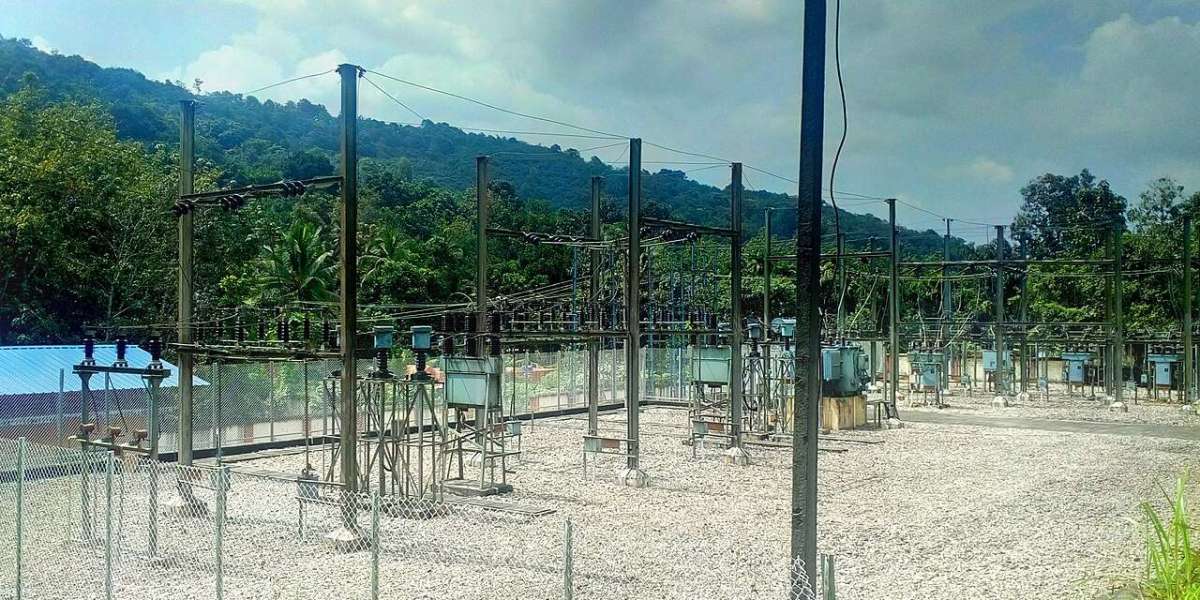Demographics
As of the 2021 electoral roll, Ranni had 193,634 registered voters, and the electorate shows high
literacy levels consistent with Kerala’s (>96%). Scheduled Castes form around 9–10%, while
Scheduled Tribes compose about 0.5% of the voters. The population is predominantly agrarian,
largely Hindu and Christian, with a vibrant Mar Thoma community presence typical of
Pathanamthitta region.
Economic Peculiarities
Agriculture is the backbone: Ranni is one of Kerala’s top rubber-producing taluks, with
widespread cultivation of rubber, pepper, cocoa, tapioca, and coconut cropping in the hilly
and midland zones.
NRI remittances are significant—Ranni taluk reportedly has the largest NRI population in the
state, and remittance income plays a substantial role in supporting households, education,
and local consumption.
Local trading and service activities are centered in Ranni market and allied
panchayats—small businesses, shops, and transport emerge around agrarian and remittance
networks.
The blue economy plays only a marginal role: although there are forest streams and small
waterfalls, there is no coastal or large-scale fishery activity here.
Economic Strata
The constituency is overwhelmingly middle-income, with stable livelihoods stemming from rubber
agriculture, remittance inflows, small-scale trade, and service-sector jobs. Belowpoverty-line (BPL)
households are relatively few and mostly in more remote hilly pockets. Highincome families are a
small minority, typically associated with successful NRIs, rubber estates or larger business
enterprises.
Recent Development Initiatives
The ecotourism and Perunthenaruvi hydroelectric project (6 MW) near Vechoochira has
been operational since 2017, combining both renewable energy generation and tourism
promotion through waterfalls and park development.
The state government has initiated improvements in rural road networks and terrain-
sensitive infrastructure across panchayats like Vadasserikkara, Ezhumattoor, and
RanniPerunad to improve connectivity and access.
Upgraded polling infrastructure (EVMVVPAT systems, disabled access, water and sanitation
at booths) was rolled out across all 202 polling stations in recent elections, promoting
transparency and voter-friendly amenities.
Additional attention has been drawn to demands for implementation of the longpending
Ranni railway project, and engagement in community discussions around better public
transport and road upgrades toward Sabarimala areas.
Ranni Assembly Constituency represents a literate, politically engaged electorate in a hilly and
forested taluk rich in rubber cultivation and sustained by remittance flows. Its economy blends
agriculture with small-town commerce, with a majority firmly in the middle-income stratum. Recent
efforts—ranging from ecotourism initiatives and hydroelectric development to rural infrastructure
enhancement and election modernization—reflect a constituency steadily advancing toward
sustainable, inclusive growth rooted in its agrariandiaspora identity.








